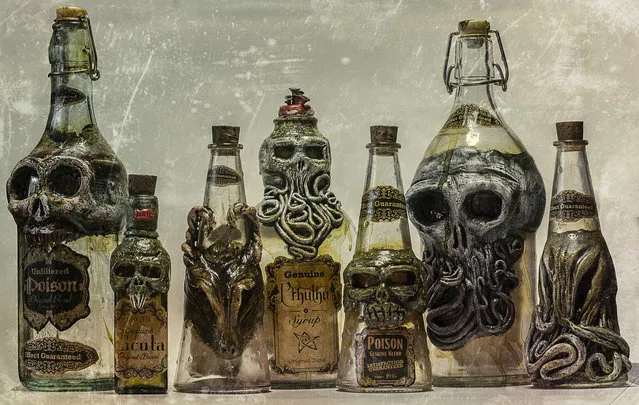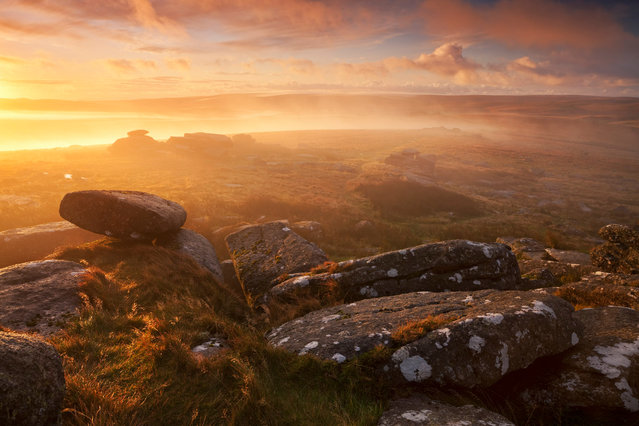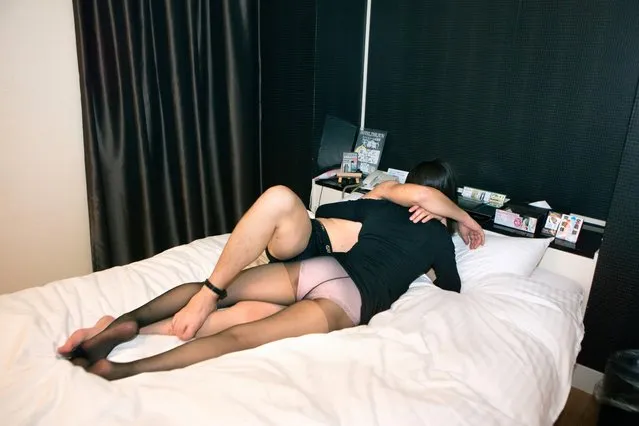
A woman carrying a bundle on her head wait in line to cross the border into Colombia through the Simon Bolivar bridge in San Antonio del Tachira, Venezuela, Sunday, July 17, 2016. Tens of thousands of Venezuelans crossed the border into Colombia on Sunday to hunt for food and medicine that are in short supply at home. It's the second weekend in a row that Venezuela’s government has opened the long-closed border connecting Venezuela to Colombia. (Photo by Ariana Cubillos/AP Photo)
18 Jul 2016 12:30:00,post received
0 comments







